Délio Jasse, who was born in 1981, moved to Portugal at 18, is known for experimenting with analogue photographic printing processes, including cyanotype, platinum and early printing processes such as Van Dyke Brown, as well as developing his own printing techniques.
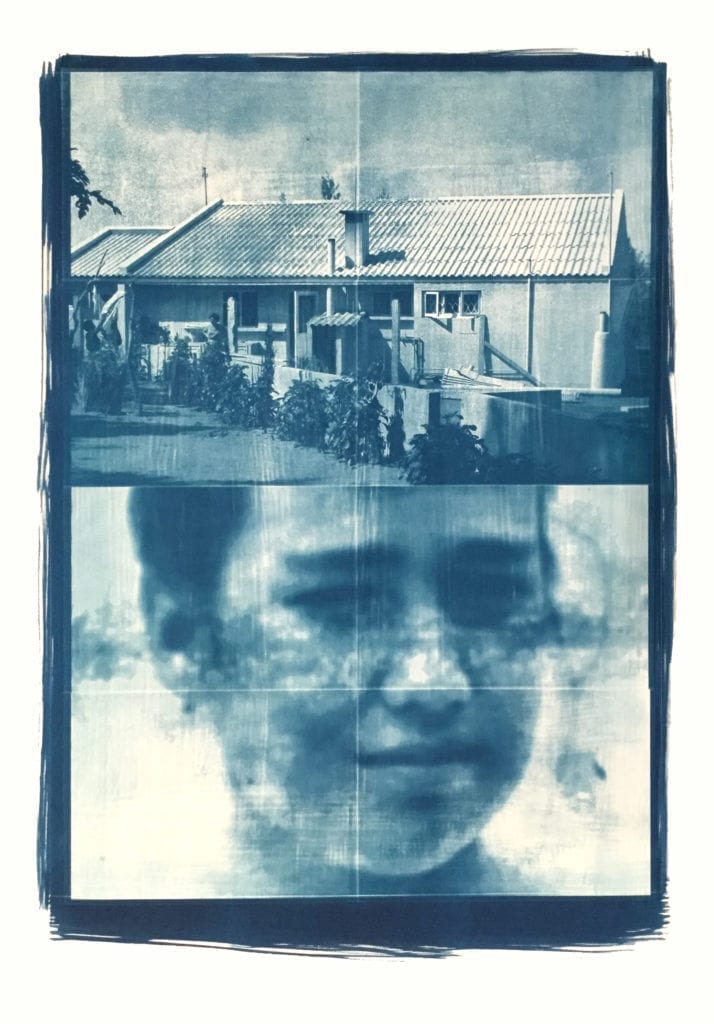
Upon visiting a flea market in Lisbon, Jasse acquired boxes of unwanted documents that contained several hundred photographs, many of which captured the life of a Portuguese family living in Nampula, Mozambique in the 1960s.
While the identity of the family remains unknown, Jasse was able, through months of archive work, to piece together fragments of the family’s narrative by cross-referencing the prints against the official paperwork, from bank stamps to government letter to personal correspondence.
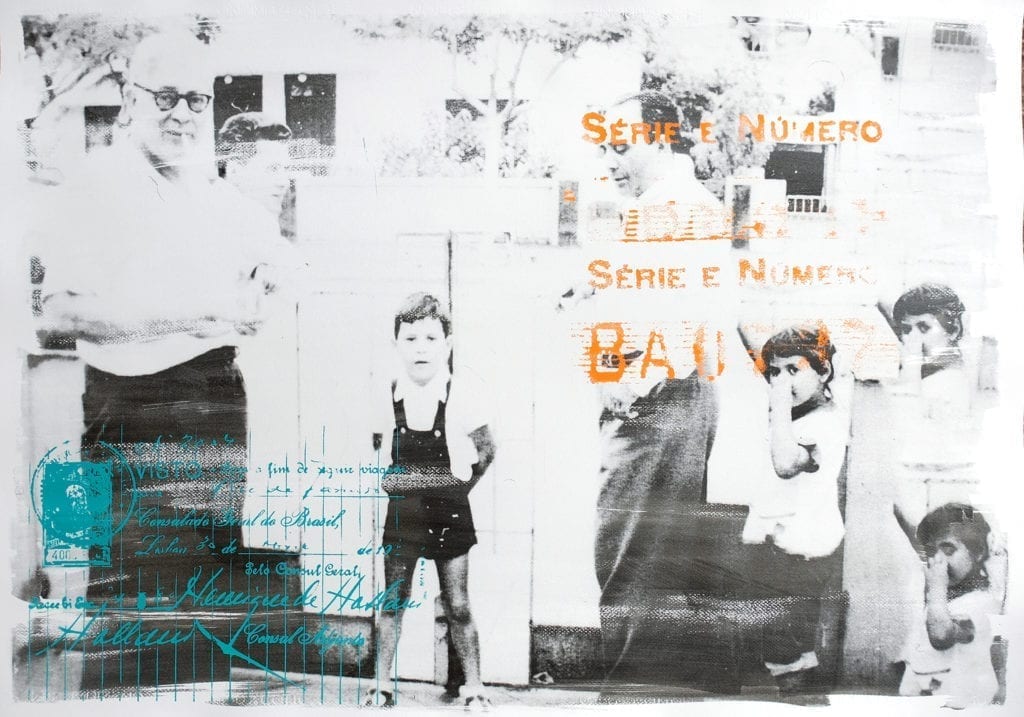
Jasse looked for clues relating to the photographic process used as a way of shedding light on family’s identity and whereabouts.
Working with light-sensitive emulsions, Jasse has transformed the original material into his own pictorial works.
The prints, therefore, are marked with vivid screen-printed stamps, which were lifted from the official documentation attributed to the family.
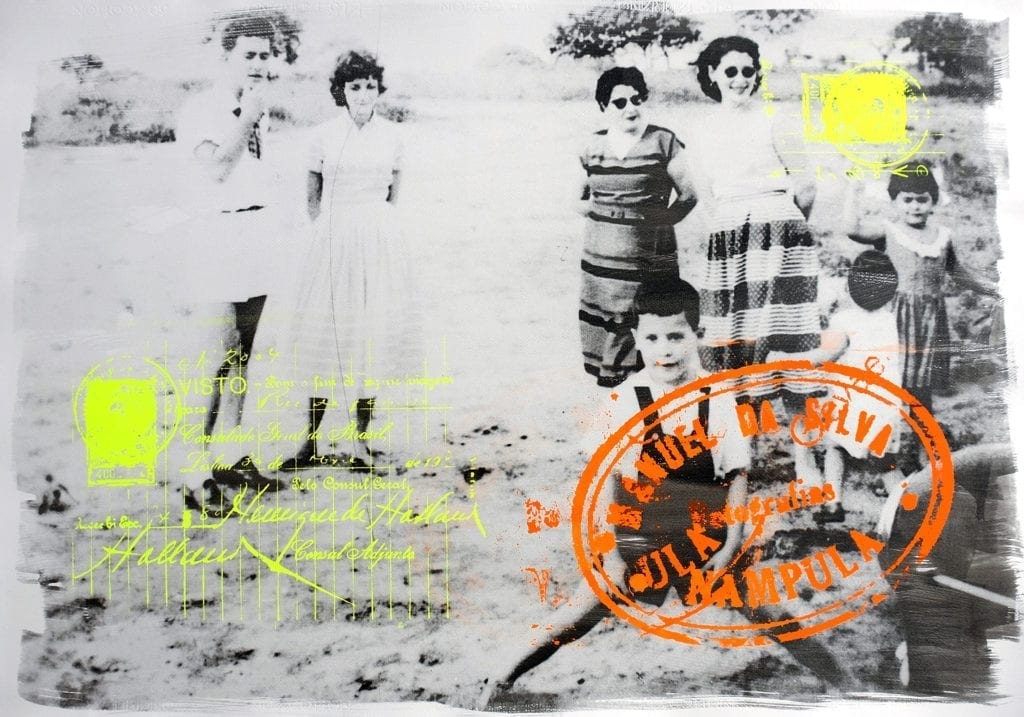
In the 1950s and ’60s, the thriving colonial economy attracted thousands of new Portuguese immigrants to Mozambique.
Several photographs in the exhibition show mundane recreational scenes of everyday life: an afternoon at the beach, a birthday party, Sunday gatherings in quaint compound cottages with neat front lawns.
The family’s leisurely lifestyle highlights the distinct economic privilege these families enjoyed, in stark contrast to the inequality inherent in the colonial system.
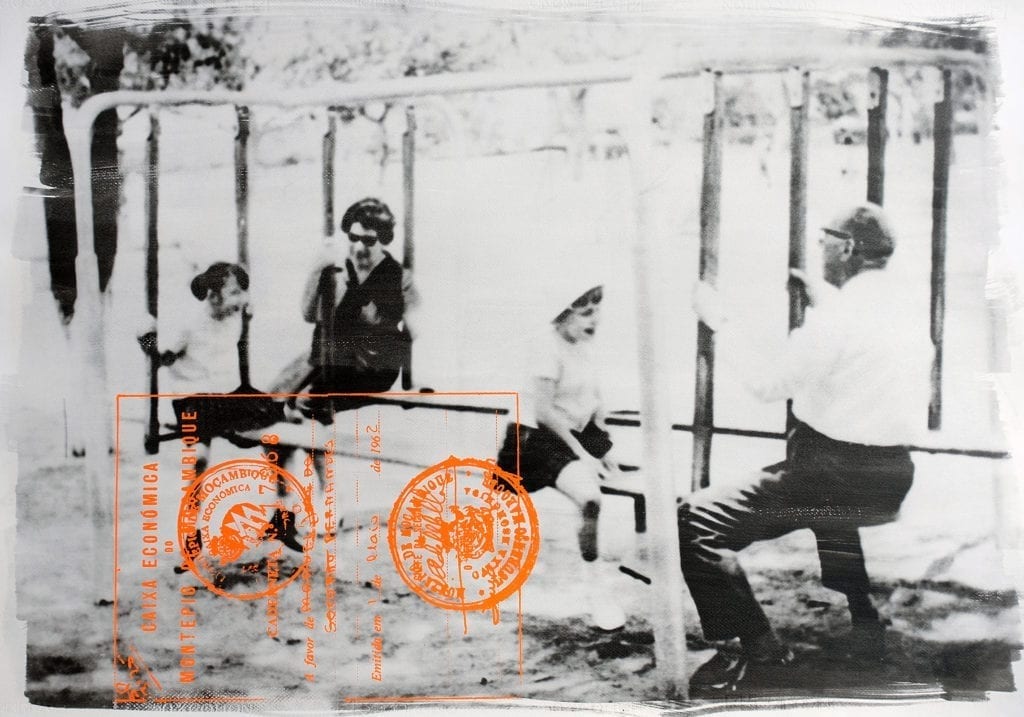
The absence of black Mozambicans, aside from the few instances in which staff or passers-by furtively appear in the frame, suggests that much of the local population was experiencing a different reality.
As Jasse reconstructs the family’s archive, wider historical and political narratives begin to mingle with, and then overshadow, the personal, pastoral scenes in the images.
But The Lost Chapter: Nampula, 1963 also has a wider, more conceptual element, raising questions around the role of the researcher – in this case, the artist – in the archival process.
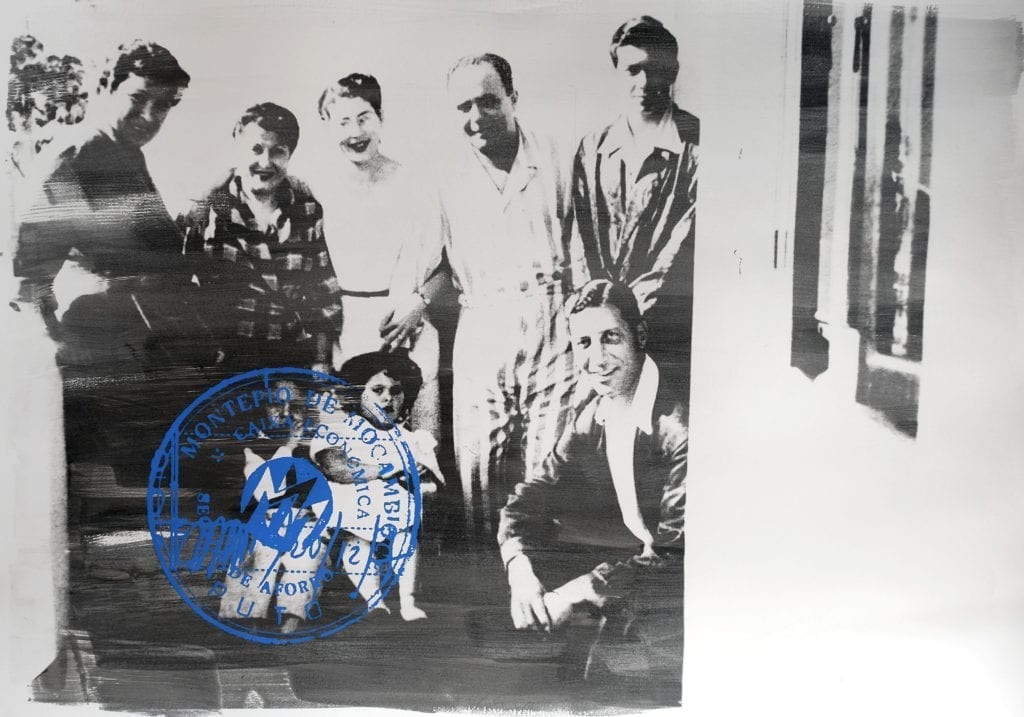
A series of large double exposures directly addresses Jasse’s fictionalisation – how he has created a new identity for the now-deceased family members.
Jasse’s recent exhibitions include the official selection of the 12th Dakar Biennale (2016), the 56th Venice Biennale (Angolan Pavilion, 2015), Milan Expo (Angolan Pavilion, 2015), the Calouste Gulbenkian Foundation, Portugal (2013) and the 9th Bamako Photography Encounters (2013). He currently lives in Milan.
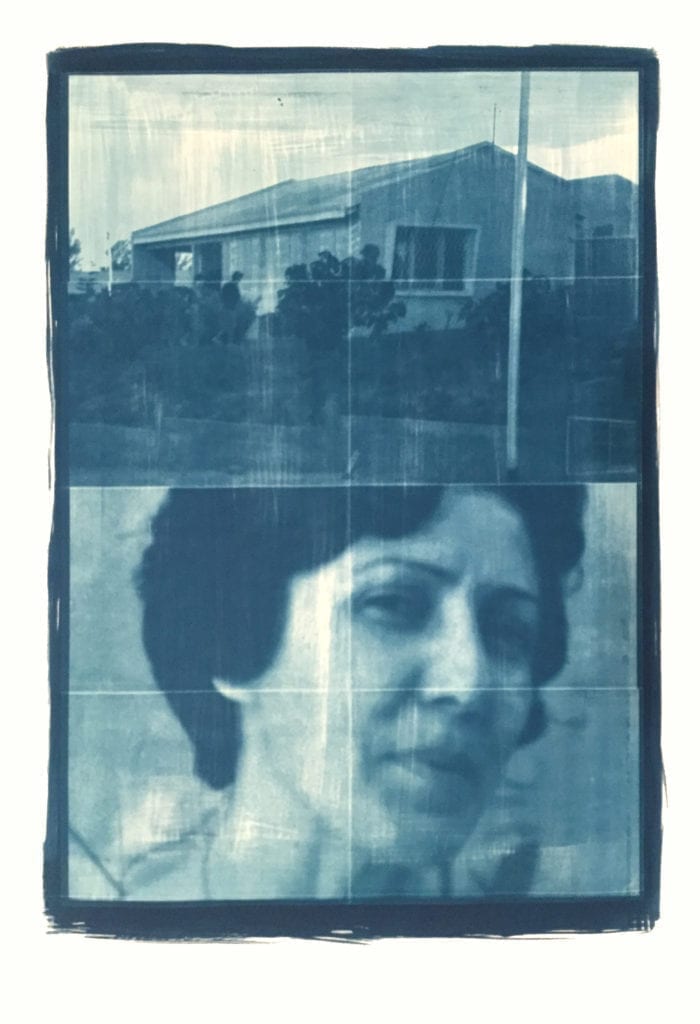 Délio Jasse The Lost Chapter: Nampula, 1963 is on show at Tiwani Contemporary, London, from 11 November 2016 to 17 December 2016. More information here.
Délio Jasse The Lost Chapter: Nampula, 1963 is on show at Tiwani Contemporary, London, from 11 November 2016 to 17 December 2016. More information here.
